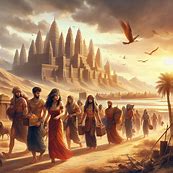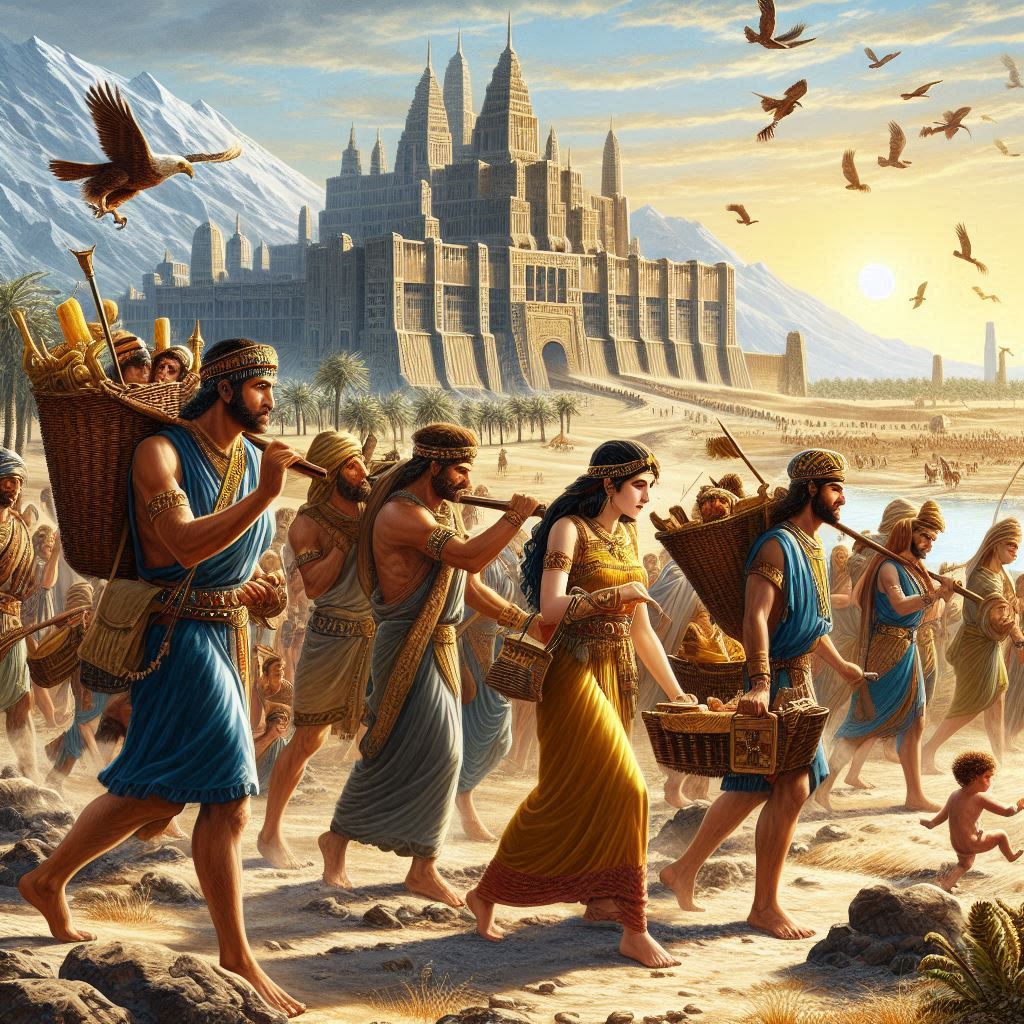The history of the Jewish/Hebrew monarchy is rich with extraordinary leadership, conflict, and cultural development. Let’s explore the first kings of Israel and Judea, their descendants, the different eras they presided over, and the broader implications of their rule.
The First King of Israel: Saul
The first king of Israel was Saul, anointed by the prophet Samuel. Saul was a member of the tribe of Benjamin and was chosen for his tall stature and striking appearance, which made him a natural leader in the eyes of the people. His reign, which began around 1020 BCE, marked the transition of Israel from a loose confederation of tribes to a more centralized state.
Saul’s reign was characterized by continuous warfare with the Philistines and internal strife. His inability to fully unite the tribes and his conflicts with Samuel and David led to a tumultuous reign. Saul’s rule ended in tragedy; he died in battle against the Philistines on Mount Gilboa, and his death paved the way for David’s ascent to the throne.
The First King of Judah: Rehoboam
The first king of the separate kingdom of Judah was Rehoboam, the son of Solomon and grandson of David. Following Solomon’s death, the kingdom of Israel split into two: the northern kingdom (Israel) and the southern kingdom (Judah). Rehoboam’s harsh policies and refusal to lighten the heavy taxation imposed by his father led to a rebellion, resulting in the secession of the ten northern tribes and the establishment of the northern kingdom under Jeroboam.
Rehoboam’s reign (circa 931-913 BCE) was marked by conflict with the northern kingdom and neighboring nations. Despite the division, Jerusalem remained the religious and political center of Judah, and the Davidic line continued to rule the southern kingdom.
David: The Establishment of a Dynasty
David, who succeeded Saul, is often considered the greatest king of Israel. His reign (circa 1010-970 BCE) brought significant military victories, territorial expansion, and internal stability. David established Jerusalem as the political and spiritual capital, bringing the Ark of the Covenant to the city and laying the groundwork for the construction of the Temple.
David’s reign set the stage for a dynasty that would last for centuries. His son Solomon (שלמה), known for his wisdom and the construction of the First Temple, succeeded him. Solomon’s reign (circa 970-931 BCE) was marked by peace, prosperity, and extensive building projects. However, his policies, including heavy taxation and forced labor, sowed the seeds of discontent that would later lead to the kingdom’s division.
The Era of the Divided Kingdom
After Solomon’s death, the united kingdom split into two: Israel in the north and Judah in the south. This period, known as the Divided Monarchy, lasted from circa 931 BCE until the fall of Israel in 722 BCE and Judah in 586 BCE.
The Kingdom of Israel:
- The northern kingdom saw a succession of different dynasties and was plagued by political instability and idolatry. Notable kings included Jeroboam I, who established the golden calves at Bethel and Dan, and Ahab, whose reign was marked by conflict with the prophet Elijah and the influence of his Phoenician queen, Jezebel.
The Kingdom of Judah:
- The southern kingdom remained under the rule of the Davidic line. Notable kings included Jehoshaphat, who sought to strengthen Judah spiritually and militarily, Hezekiah, who enacted religious reforms and successfully resisted the Assyrian siege of Jerusalem, and Josiah, who also implemented significant religious reforms and rediscovered the Book of the Law.
The End of the Monarchies and the Exile
The kingdom of Israel fell to the Assyrian Empire in 722 BCE, leading to the dispersion of the ten northern tribes. Judah managed to survive for over a century longer, but it too eventually succumbed to external pressures. In 586 BCE, the Babylonian Empire, under Nebuchadnezzar II, captured Jerusalem, destroyed the Temple, and exiled many of its inhabitants to Babylon. This event marked the end of the Davidic monarchy and the beginning of the Babylonian Exile.


The Legacy of the Jewish Monarchy
The era of the Jewish monarchy left a profound legacy on Jewish history and religious tradition. The monarchy established Jerusalem as the central city of Jewish life and worship. The Davidic line became a symbol of God’s promise and covenant with Israel, and the hope for a future messianic king descended from David remained a central element of Jewish eschatology.
The history of the monarchy also provided a wealth of narrative and theological material that would be reflected in the Hebrew Bible. The stories of the kings, their triumphs, and failures offered lessons on leadership, faith, and the consequences of straying from divine commandments.
The Jewish monarchy, from its inception under Saul to its division and eventual fall, played a critical role in shaping the identity and destiny of the Jewish people. It laid the foundations for a rich cultural and religious heritage that continues to influence Jewish life and thought to this day.
